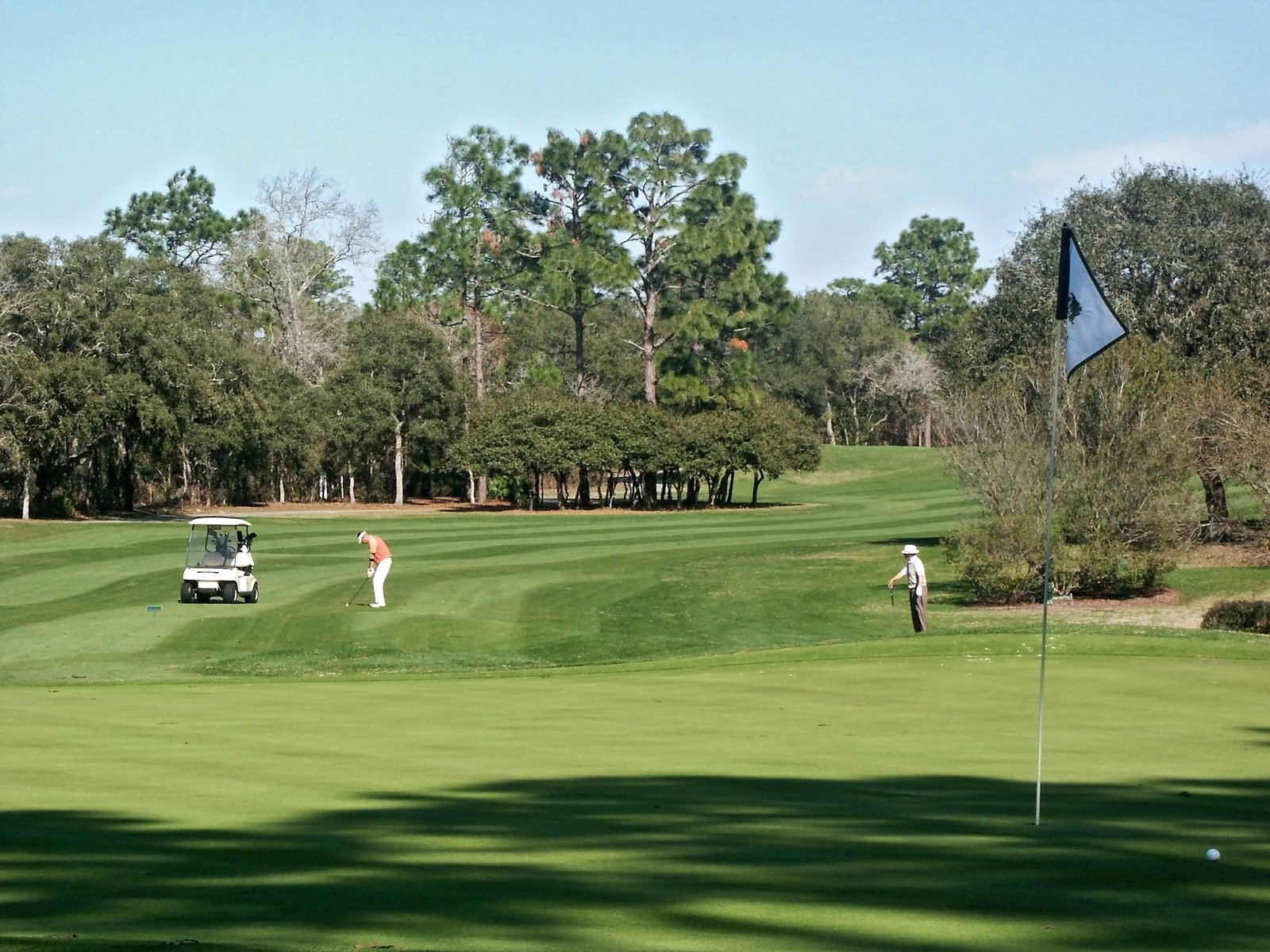
Continuing our series of articles looking at the different formats of golf used in the Ryder Cup, we turn to fourball.
Fourball will be the second format of golf used at the 2018 Ryder Cup. It will be played on Friday afternoon, which is the first day of the tournament between Europe and the United States. Having played foursomes in the morning, what do the players have to look forward to in the afternoon and how can you play fourball at your local club?
Fourball is like foursomes in that the game is played using four players, with two on each team. However, instead of each player alternating shots and using only one ball, both players use their own ball when playing foursomes.
So, if you were playing fourball in a competition at your local golf club, both you and your playing partner will tee off with your own ball. Despite both starting with your own ball, only one of you can finish the hole and this is known as stroke play fourball.
In a match play competition, the make-up of the teams is the same and each player plays their own ball throughout the round. The hole is won by the team whose member has the lowest score. This version of fourball golf is what is commonly used in the Ryder Cup and will be used on the opening day at the Albatros Course of Le Golf National.
This version of fourball is also known as betterball, as all four players complete the hole and the better score from the four is used to declare the winner of the hole.
When playing fourball (match play), the best tip is to ensure both players get their ball onto the fairway from the tee. Clearly you are both trying to do that anyway but when you have the luxury of taking one score from two balls, it becomes tempting to allow one player to really attack every hole while the other plays more conservative.
This sounds good in practice but if one player hits their ball into the trees, it leaves the other under great pressure to make sure they do not make any mistakes on the hole. This in itself can lead to further errors.
Instead, you should both take it easy and aim to get your ball in play for the second shot. To have both balls in contention upon reaching the green can be hugely significant when playing fourball match play.
If one player takes two putts on the green and makes a par for example, this can allow the second player to attack their putt for a birdie, knowing a par is already in the bag. What the opposing pair have scored is also relevant but you do not want to be faced with long putts knowing one of you needs to make it because you were careless off the tee.
Always try and use the situation to your advantage and leave the opponent with a pressure putt to halve the hole.

Recent Comments